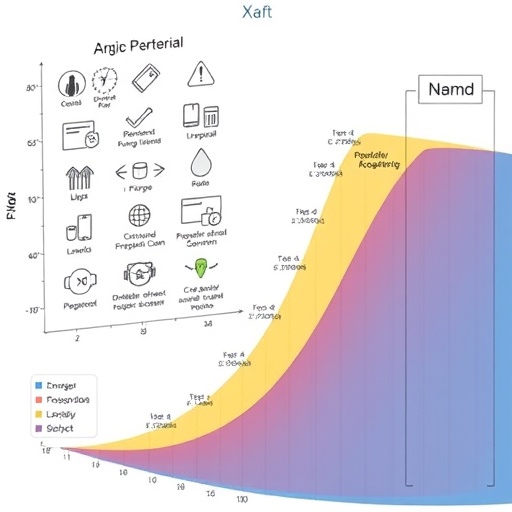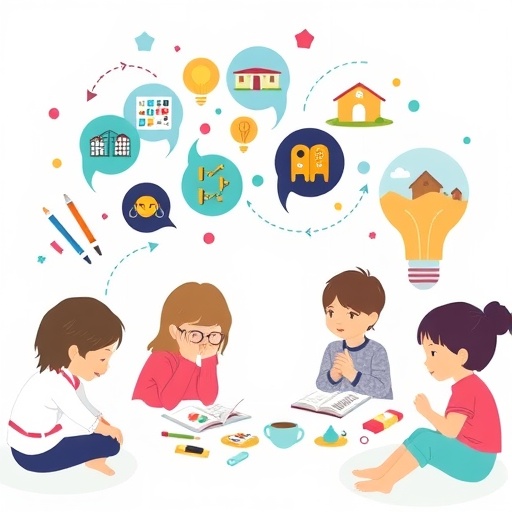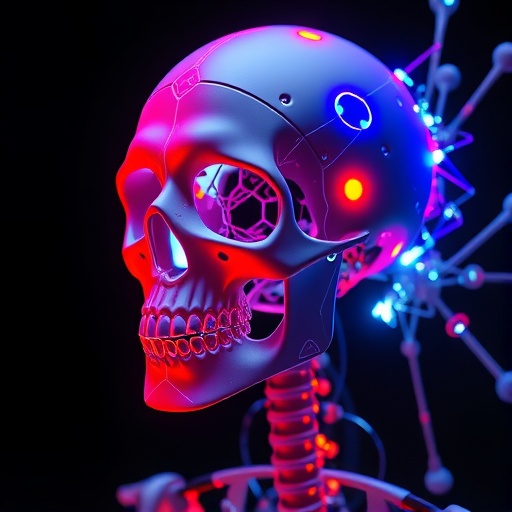In an era dominated by rapid advancements in artificial intelligence, the ability of large language models (LLMs) to generate human-like text has sparked interest across various fields, including healthcare. A recent study led by Pérez-Guerrero et al. sheds light on the performance of LLM-generated discharge materials in Spanish, raising significant discussions regarding the efficacy and reliability of AI in patient education. This research not only highlights the potential of LLMs in generating medical content but also urges a closer examination of their application in real-world clinical settings.
The study focuses on the critical juncture of patient discharge—a pivotal moment when patients transition from hospital care back to their homes. Discharge materials are a vital aspect of this process, providing patients with essential information regarding their health conditions, medications, and follow-up care. However, the content of these materials is often complex and varies significantly in clarity and comprehensiveness. The research aims to determine whether LLMs can produce discharge instructions in Spanish that are comparable in quality to those crafted by healthcare professionals.
One of the study’s primary goals is to assess the linguistic competence of LLMs when generating medically relevant content. Spanish-speaking patients constitute a significant demographic in healthcare systems, particularly in the United States and Latin America. As such, ensuring that they receive clear and comprehensible discharge information is crucial to optimizing their recovery and reducing the risk of complications. By leveraging the capabilities of LLMs, researchers hope to bridge language barriers, delivering effective communication to Spanish-speaking patients.
.adsslot_CubH0WIrd2{ width:728px !important; height:90px !important; }
@media (max-width:1199px) { .adsslot_CubH0WIrd2{ width:468px !important; height:60px !important; } }
@media (max-width:767px) { .adsslot_CubH0WIrd2{ width:320px !important; height:50px !important; } }
ADVERTISEMENT
Pérez-Guerrero et al. employed a systematic methodology to compare LLM-generated discharge documents with those created by practicing clinicians. The team utilized a diverse range of scenarios reflecting common medical conditions to test the LLM’s performance. The generated texts were evaluated based on clarity, accuracy, and relevance to patient care. This robust analytic framework allowed the team to identify strengths and weaknesses not only in the LLM outputs but also in traditional discharge materials currently in use.
An essential aspect of the study was the evaluation process involving healthcare professionals who reviewed both LLM-generated and clinician-authored discharge documents. Their assessments provided valuable insights into the nuances of patient communication. Interestingly, while some LLM-generated materials passed the initial scrutiny for clarity, experts often noted areas of concern regarding the medical accuracy and contextual appropriateness of the information. This finding underscores the critical need for ongoing oversight when integrating AI-generated content into clinical practice.
The research also dove deep into the intersection of cultural appropriateness and medical information. Cultural nuances can play a vital role in the effectiveness of patient education materials. The LLM’s ability to encapsulate these nuances was a point of focus for researchers. Insights from healthcare professionals revealed that while LLMs can generate grammatically correct and well-structured texts, the subtleties of cultural context often eluded them. This gap emphasizes the need for a collaborative approach between AI technology and healthcare expertise to ensure the delivery of culturally sensitive care.
However, the authors caution against the overreliance on technology. While the promise of LLMs is evident, the importance of human oversight cannot be overstated. The dynamic nature of healthcare demands empathy, judgment, and an understanding of individual patient needs—qualities that current AI technologies are still striving to emulate. The transition to a model where AI and healthcare professionals work hand in hand represents a paradigm shift that necessitates careful consideration of ethical implications, particularly concerning patient data privacy and consent.
As healthcare continues to evolve, there is a pressing need for rigorous research that evaluates not only the functionality of AI tools but also their real-world applicability. The findings from this study contribute to a growing body of literature advocating for the responsible integration of artificial intelligence in healthcare settings. Policymakers, educators, and medical professionals must collectively consider how these tools can enhance healthcare delivery while maintaining the highest standards of patient care.
The implications of this research extend beyond academic inquiry; they touch on the lived experiences of millions of patients navigating the complexities of health systems. As the population becomes increasingly multilingual, understanding how to communicate health information effectively across languages is paramount. LLMs, when utilized judiciously, hold the potential to empower patients by delivering tailored educational materials that respect linguistic and cultural diversity.
In conclusion, the study undertaken by Pérez-Guerrero and colleagues presents a compelling case for the role of large language models in generating patient discharge materials in Spanish. While it highlights the promise of AI in enhancing patient communication, it also serves as a reminder of the ongoing need for human oversight and the importance of cultural competence in patient education. As this field of research continues to develop, it is crucial that healthcare professionals remain engaged with technological advancements, ensuring that innovations serve the ultimate goal of improved patient outcomes.
This research opens the door to further inquiries into how artificial intelligence can be integrated into patient education across different languages and cultures. As developments in this area progress, ongoing assessments will be essential to ensure that the utilization of such technologies enhances rather than detracts from the quality of care provided. Ultimately, the pursuit of excellence in patient education will benefit from collaborative efforts that bridge the gap between AI capabilities and the nuanced understanding that healthcare professionals bring to their practice.
Subject of Research: The efficacy of Large Language Models in generating medically relevant discharge materials in Spanish.
Article Title: Performance of Large Language Model-Generated Spanish Discharge Material.
Article References:
Pérez-Guerrero, E., Aali, A., Irizarry, E. et al. Performance of Large Language Model-Generated Spanish Discharge Material.
J GEN INTERN MED (2025). https://doi.org/10.1007/s11606-025-09758-2
Image Credits: AI Generated
DOI: 10.1007/s11606-025-09758-2
Keywords: Large Language Models, Patient Education, Discharge Materials, Healthcare Communication, Spanish Language, Medical Accuracy, Cultural Competence.
Tags: artificial intelligence in patient dischargeevaluating AI-generated medical contenthealthcare communication in Spanishimpact of AI on healthcare outcomeslarge language models in healthcarelinguistic competence of AI modelsmedical content generation using AIpatient education and AIpatient transition from hospital to homequality of discharge instructionsreal-world application of LLMsSpanish discharge materials





